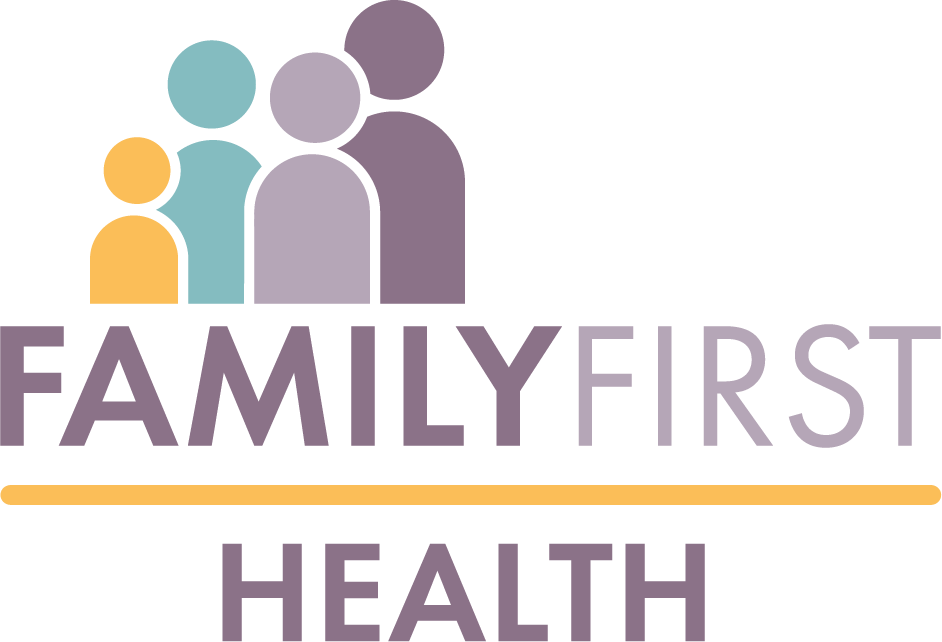It’s something you never get over, Mary Jane Sanders says simply. When you have a child, you love that child. “You think about what they go through. … You often wonder who he would have been.”
Sanders always wanted to be a grandmother. But she knew it wouldn’t happen the traditional way, once her son Steven told her he was gay. He moved out to California where he worked as a waiter. Sanders laughs as she said she knew he had a lot of friends – a lot of partners. But then he met someone special and was really happy. In the height of the AIDS epidemic, they wanted to be sure so they went to get tested.
Then Steve called home.
“That was, for me, the beginning of the end,” his mother said. “I knew and he knew there was nothing out there to help him.”
Every morning, Sanders starts her day by getting out of bed and saying “Good morning” to the portrait of her son that hangs in her bedroom.
“He was my only child. He was the light of my life,” she said. “I just really love my son and really miss my son. People say God giveth and taketh away and I have to cope with this.”
After Steve’s death, Sanders got active in The Open Group. The group – mostly mothers of those who died from AIDS – wanted to reach out and help others living with AIDS. They wanted to support the mothers, but the mothers found hosting monthly dinners helped in their grief. And it gave them a new family to rely on. “It was sad. As they died, it was hard. But it helped us,” she said. “You fell in love with them. You knew how they were feeling.”
Buried deep inside the warehouse that holds the 12-by-12-foot panels of the AIDS Quilt, is one dedicated to Steve. A group of about 15 people from her old job in the Central York Middle School came together to put it together for Steve. In it, you’ll see Steve’s cats, old middle school, references to San Francisco and Tahoe – where they had a home. You’ll also see a note that says “always in my heart, Mom” and some children. He called her once from the hospital toward the end during a bout of pneumonia. “He said Jesus loves all the children in the world. Why can’t we just love each other?”
That’s what Sanders wants people to see when they view the quilt – her Steve. He was happy go lucky. He put people at ease. He was always on the go. In the center of the quilt is a picture of Steve. She wants you to see reflected in his smile that he was a kind and loving person. He was a good son. “See his 36 good years on this earth and that he loved and helped people.”
Sanders has seen Steve’s quilt since the day they sent it to the Naming Project. In fact, she and one of Steve’s friends from California went down to see it in Washington D.C., on the National Mall. It was overwhelming, Sanders recalled. “There were so many quilts. … It brought back a lot of memories, a lot of heartache … All of these people have lost loves ones to this disease.”
And when she sees Steve’s quilt this time, she’ll see it with her family of others who have lost their loved ones to AIDS. It will be hard, Sanders admits. “But it will make us closer.” That’s what their sons did. They never knew each other in life, but they brought their mothers together as family.
“People don’t realize what we lost,” she said. “People didn’t care about it. They thought ‘as long as I don’t have AIDS, it’s all right.'”
There’s another thing Sanders wants people to take from seeing her son’s quilt – awareness. “This will bring awareness to those people (living with AIDS) – that there is help, hoping for a cure.”
And we haven’t forgotten.
(Photo and video by Randy Flaum, York Storyman.)
